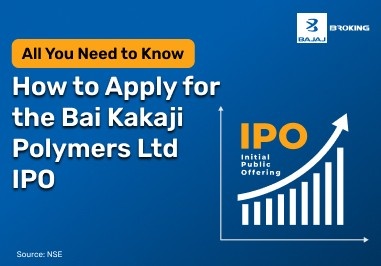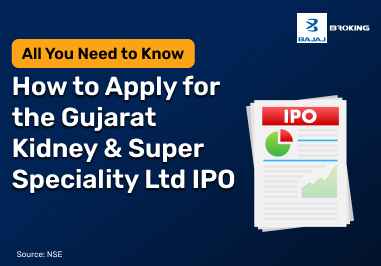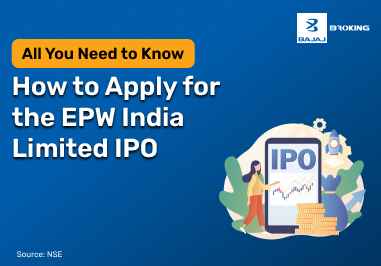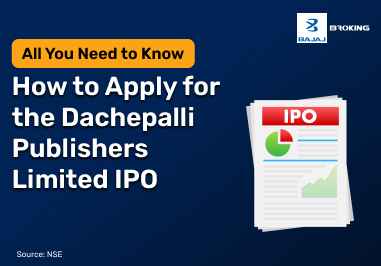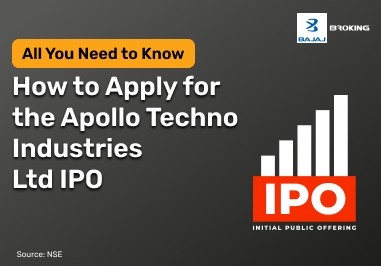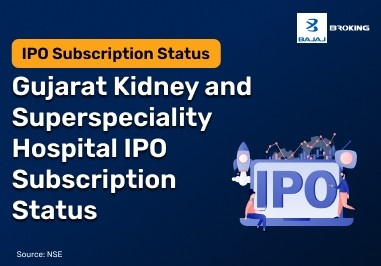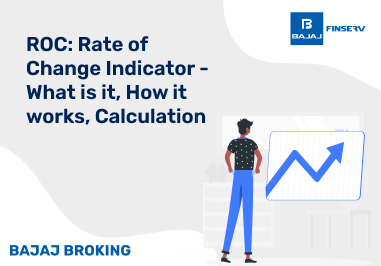The IPO process in India is a structured pathway for private companies to go public by offering their shares to the general public. Governed by SEBI, the process involves multiple stages—planning, due diligence, regulatory approval, and public subscription. It helps companies raise funds, gain visibility, and comply with regulatory norms while offering investors a chance to own equity in the company.
Initial Public Offering or IPO is the only path through which a private company can become publicly owned. After this, the shares become publicly available for trade on stock exchanges. Through IPO, a company raises capital from public investors and in exchange they offer equity shares.
However, the IPO process is lengthy and complicated and can take up to nine months. An issuing company needs to get approvals from various regulatory authorities and make numerous disclosures to the public to launch a public issue. In the following sections, you will learn all about the steps of every IPO process.
Understanding the Need for the IPO Process
Understanding the need for a streamlined IPO process in India is essential for both companies and investors. It ensures transparency, regulatory compliance, and financial accountability. Companies undergo a rigorous screening and documentation process before being approved by SEBI, which helps build public trust. A formal IPO process prevents malpractices and protects retail and institutional investors. It also provides a clear framework to assess company fundamentals and market potential. For businesses, it ensures that capital is raised efficiently while adhering to compliance norms.
Raising capital
One of the primary reasons for launching an IPO is to raise long-term capital for business expansion, R&D, infrastructure, or debt repayment. This influx of funds helps companies grow operations without depending on external loans.
Enhance brand visibility
Going public significantly enhances a company’s brand visibility and public image. Being listed on recognised stock exchanges increases media coverage, customer trust, and stakeholder confidence in the organisation’s credibility.
Liquidity for existing shareholders
An IPO provides an exit route for early investors, founders, and employees holding ESOPs by allowing them to sell shares in the open market, offering much-needed liquidity.
Establishing market value
An IPO helps determine the company’s market valuation through price discovery. It allows stakeholders and investors to understand how the market perceives the company’s worth and growth potential.
Access to the capital market
Listing on a stock exchange offers companies ongoing access to capital markets for future fundraising. It opens avenues for follow-on public offerings, rights issues, and other market-driven instruments.
IPO is very important for businesses seeking to raise funds for expansion and growth. It helps a company to get access to a large pool of funds with different types of investors like mutual funds, institutional investors, and retail investors.
When a privately owned company becomes a publicly traded company, it attracts more partners, potential customers, and experienced employees. As the IPO process involves the public, the capital market regulator SEBI (Securities and Exchange Board of India) requires companies to fulfil various requirements to launch a public issue. This ensures the protection of investors' interests.
IPO-issuing companies need to make various disclosures to investors and seek SEBI's permission to open an IPO. Furthermore, they must show accurate financial statements and declare all risks involved with investing. This ensures transparency and fairness in the market.
Additional Read: IPO Allotment Status
What Is the Process of IPO in India?
These are the steps set by Indian regulatory bodies and exchanges that a privately owned company must follow to launch their IPO:
1. Hiring of an Investment Bank
In this step of the IPO process in India, a company hires one or more investment banks or underwriters. These institutions analyse the total assets, liabilities, and other financial situations of a company.
Then, it determines the valuation of a company, total capital to raise, share prices, etc. Please note that an investment bank does not take any responsibility for any risk involved post-issue of the IPO. It is only responsible for raising capital.
Additional Read: How to apply for an IPO?
2. Prepare RHP and register with the SEBI
Next, the company prepares a Draft Red Herring Prospectus (DRHP) and submits it to SEBI for approval. Only after approval, the company can file its second document- the Red Herring Prospectus (RHP) containing the date and price details of an IPO.
DRHP includes all necessary information about a company like financial statements, strengths, risks, management details, purpose of the issue, shares offered, company valuation, etc.
The company has to submit this document to SEBI with other registration documents. Companies must submit an RHP and other documents with the Registrar of Companies (ROC) at least 3 working days before the bidding date starts.
SEBI will complete all the necessary checks of the IPO application and registration documents to ensure that all the necessary details are disclosed to the public. If anything is missing, SEBI will return these documents to the company. The company has to make the required corrections and refile the DRHP.
3. Application to Stock Exchange
This step involves a lot of paperwork where a company needs to file applications with exchanges where it get listed. Only after the approvals of registration documents and DRHP and RHP by SEBI, the company can apply to stock exchanges.
After reviewing all necessary documents, the stock exchange is going to decide whether to approve or not.
4. Go on a Roadshow
After getting approvals from SEBI and stock exchanges, the company will try to create a buzz among investors by going on roadshows. This part of the IPO process takes around two weeks to complete.
This is when the company officials meet with high-net-worth individuals, mutual funds and other big institutions to market its upcoming IPO. During this time, you will hear about the public issues in the news through advertisements.
During this part of the IPO process, the company can offer the chance to various institutions to buy its shares at a set price before the bidding starts. The name of this round is the QIB round where institutions book their portion before the IPO launch date.
5. Available to the Public
Next, the company makes its own decision on when to go public. Usually, the companies avoid the market with a financial crisis or when other giants are launching IPOs. It submits the final prospectus to SEBI and ROC after the bidding closes. The documents must include information like share allocation price, final issue price, etc.
6.IPO Is Priced
Upon completing the above steps, the company will declare its share price, valuation, lot size, etc. There are two methods available in the IPO process to determine share price:
In the fixed price method, a company and its underwriters determine a fixed issue price for its shares. They decide this price after checking market demand, liabilities, target capital from investors and other factors.
In this, the company and its underwriters set price range (price band) in which investors can place their bids. The lowest price is known as a floor price and the highest price is called a cap price. An IPO’s price band must be within a 20% range.
The bidding window remains open for 3 days after which the cut-off price is determined as per market response. Only bids placed at or above this price are eligible to receive IPO shares.
Finally, eligible investors receive the IPO shares, which are credited to their demat accounts. Then, these shares are listed on stock exchanges.
Summing up
The IPO process is a way for companies to raise funds from public investors. As an investor, you should do proper research to make an informed decision. Do not follow any tips or rumours spreading on social media platforms.
Open your demat and trading account today with Bajaj Broking to submit IPO applications easily.
Disclaimer: Investments in the securities market are subject to market risk, read all related documents carefully before investing.
This content is for educational purposes only. Securities quoted are exemplary and not recommendatory.
For All Disclaimers Click Here: https://bit.ly/3Tcsfuc
